Step by Step Guide
- Begin with a comprehensive warm-up, focusing on wrists, shoulders, spine, and hips.
- Include poses like Downward-Facing Dog, Plank, and backbending poses to prepare your body.
- Start in a Handstand position against a wall or with a spotter for support.
- Ensure your wrists are aligned under your shoulders, and your body forms a straight line.
- Open your hips and lift one leg toward the ceiling, bending the knee.
- Allow the bent knee to fall outward, creating a hip opening.
- Begin to arch your back, lowering the extended leg toward the floor behind you.
- Aim to create a deep backbend while maintaining the Handstand position.
- Hollow your back by drawing your lower ribs in and engaging your core.
- Keep your shoulders and arms strong to support the inverted position.
- Gradually work on increasing the flexibility in your spine to deepen the backbend.
- Lift your chest and open your heart as you maintain balance.
- Adjust your gaze based on your comfort level. Some practitioners look between their hands, while others may look toward the back foot.
- Hold Ardha Vrischikasana for a few breaths, finding stability and balance.
- To release, bring the extended leg back up and return to a straight Handstand position.
Benefits of The Hollowback Handstand (Ardha Vrischikasana)
- Strengthens Core and Shoulders: Ardha Vrischikasana builds strength in the core, shoulders, and arms.
- Improves Back Flexibility: The pose deepens the backbend, increasing flexibility in the spine.
- Enhances Balance and Focus: Balancing in Hollowback Handstand challenges and improves overall balance and concentration.
Tips for Advanced Practitioners:
- Strong Core Engagement: Engage your core muscles to support the backbend and maintain balance.
- Gradual Progression: Approach the pose gradually, working on increasing the depth of the backbend over time.
- Balancing Act: Finding balance in Hollowback Handstand requires consistent practice and refinement.
- This pose is advanced and requires a strong foundation in Handstand, along with flexibility and strength in the spine.
- Practice under the guidance of an experienced instructor, especially when first attempting Hollowback Handstand.
- Avoid this pose if you have any wrist, shoulder, or back injuries.

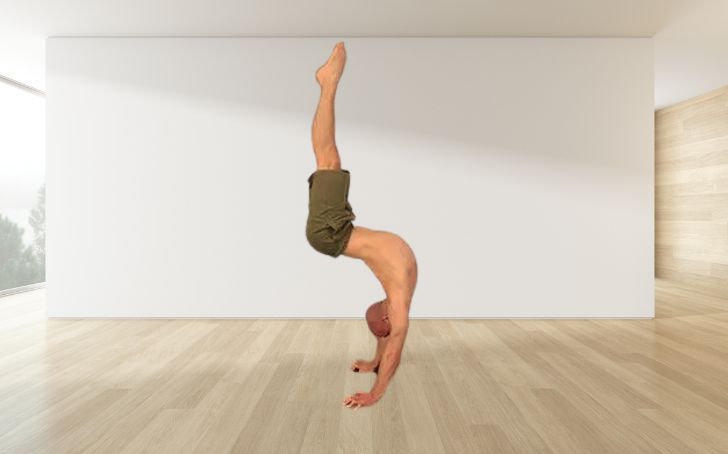
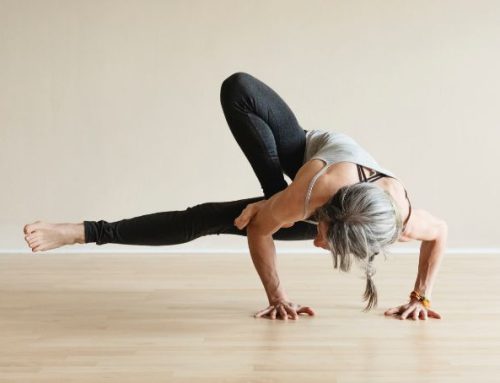
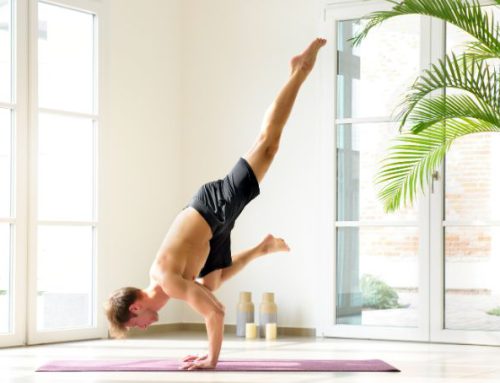
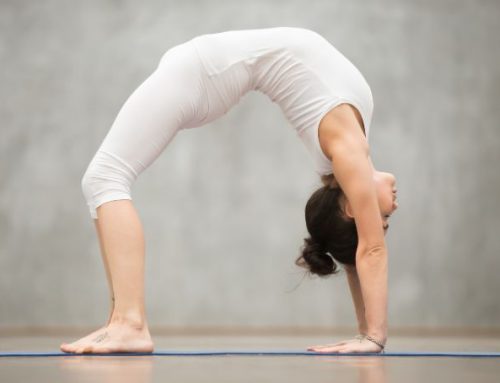
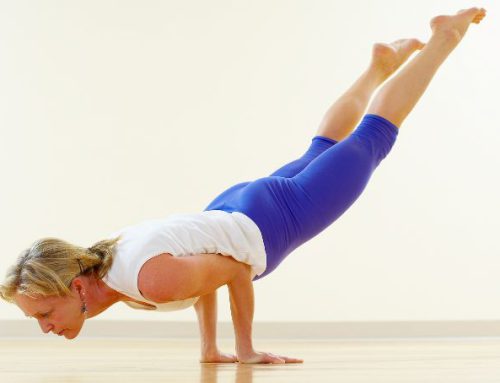
Leave A Comment